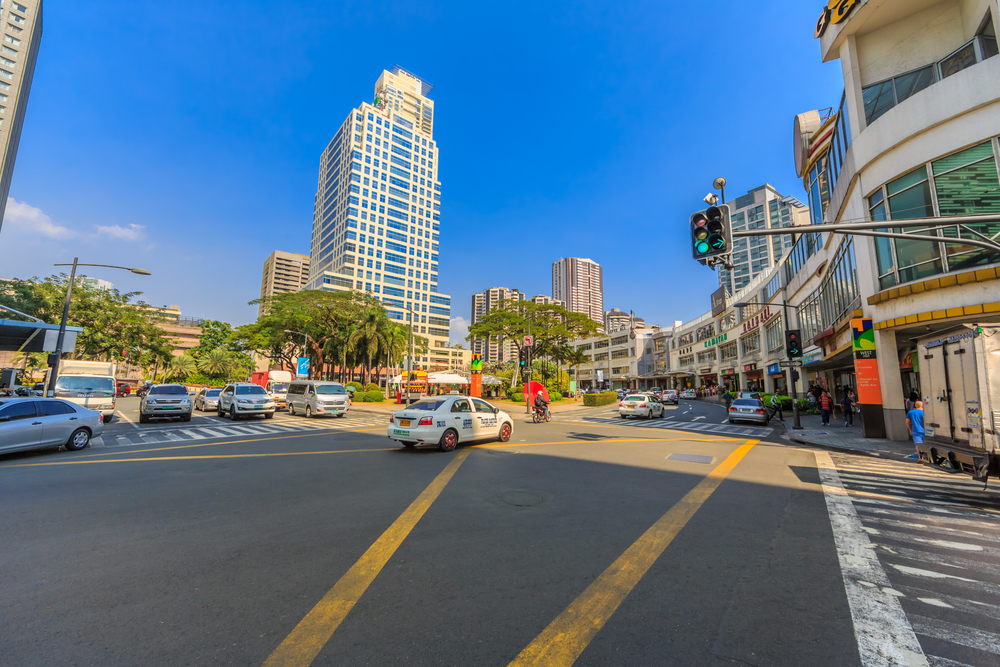The Philippines’ GDP for 2022 projected to reach 8%
The Philippine GDP went up to 8.3 percent in Q1 2022

The Philippine GDP went up to 8.3 percent in Q1 2022, according to data gathered by the Philippine Statistics Authority.
Transportation and storage were major contributors to this growth, accounting for 26.5 percent, followed by manufacturing with 10.1 percent and repair of motor vehicles and motorcycles with 7.3 percent. Agriculture, forestry, and fishing, as well as industry and services, all had positive growth in the first quarter of 2022, with 0.2 percent, 10.4 percent, and 8.6 percent, respectively.
That said, the Philippine economy is projected to expand eight percent this year based on the growth it experienced in Q1 2022.
More: The Philippines’ GDP for Q1 2022 reaches 8.3%
“The first quarter GDP print validates the narrative that the Philippines’ economic recovery has gained traction. We raise our 2022 GDP forecast to eight percent from 7.5 percent to reflect the better-than-expected growth recovery,” said Standard Chartered Bank economist for Asia Jonathan Koh in a report by Philstar.com.
“Since the Philippines is still in the process of completely exiting from one of the strictest mobility curbs in the world, the country’s GDP growth in 2022 will largely be driven by the faster recovery of the businesses hardest hit by the lockdowns,” noted Philippine National Bank economist Alvin Arogo.
According to HSBC economist Aris Dacanay, the British banking giant increased its GDP growth prediction for the Philippines to 6.5 percent in 2022, from 5.7 percent, and to 5.6 percent in 2023, from 5.3 percent.
The Diplomat mentioned that presumptive president Ferdinand Marcos Jr. will take office at a time when the global financial system is experiencing high levels of inflation and monetary tightening, which would likely weaken the currency and make imports more expensive, particularly petroleum and coal. There may also be some changes in the distribution of foreign capital in the global financial system. Despite certain financial limits, competent leadership, sound policymaking, and the ability to comprehend and assess trade-offs are solutions to these challenges.
The Property Report editors wrote this article. For more information, email: [email protected].
Recommended
Why everyone is moving to Selangor and Johor: Malaysia’s real estate comeback
Malaysia’s upturn in fortunes is especially prevalent in secondary destinations such as Selangor and Johor
Penang’s silicon boom: How the US-China tech war is supercharging local real estate
Penang’s booming semiconductor industry has created ripples within the local real estate sector
New leader, new opportunities: How Hun Manet is shaking up Cambodia’s real estate game
Hun Manet is overseeing decent economic growth and widening access to the country’s real estate market for foreigners
Singapore embraces inclusive housing reforms amid resilient demand
The Lion City’s regulatory strength continues to exert appeal for international investors








